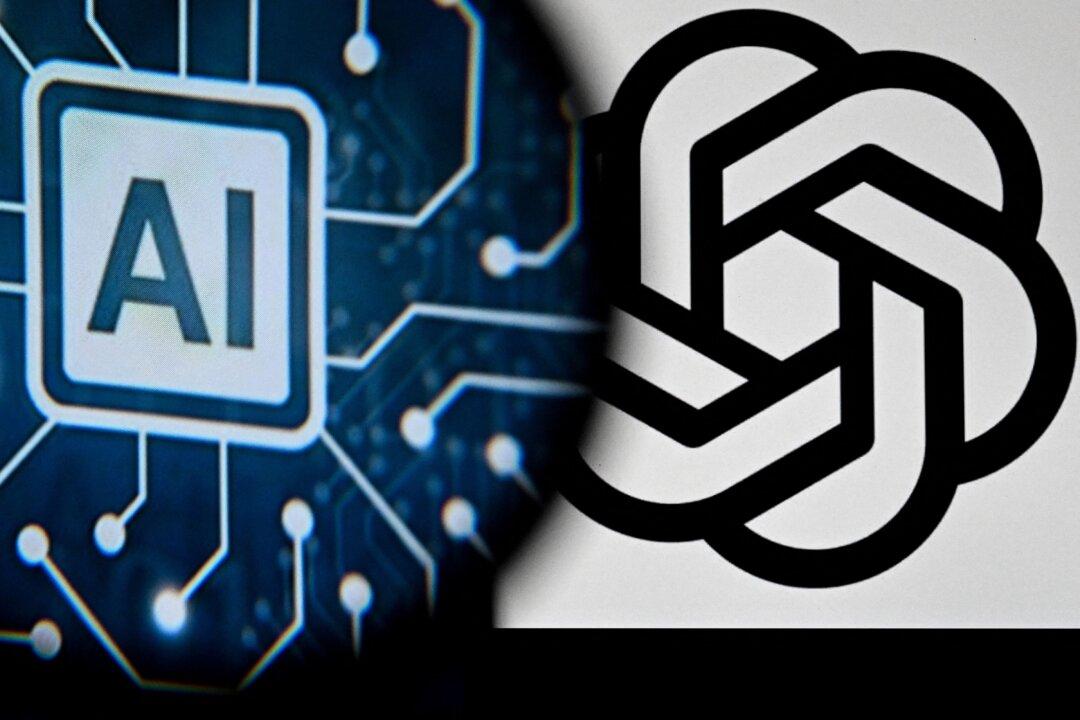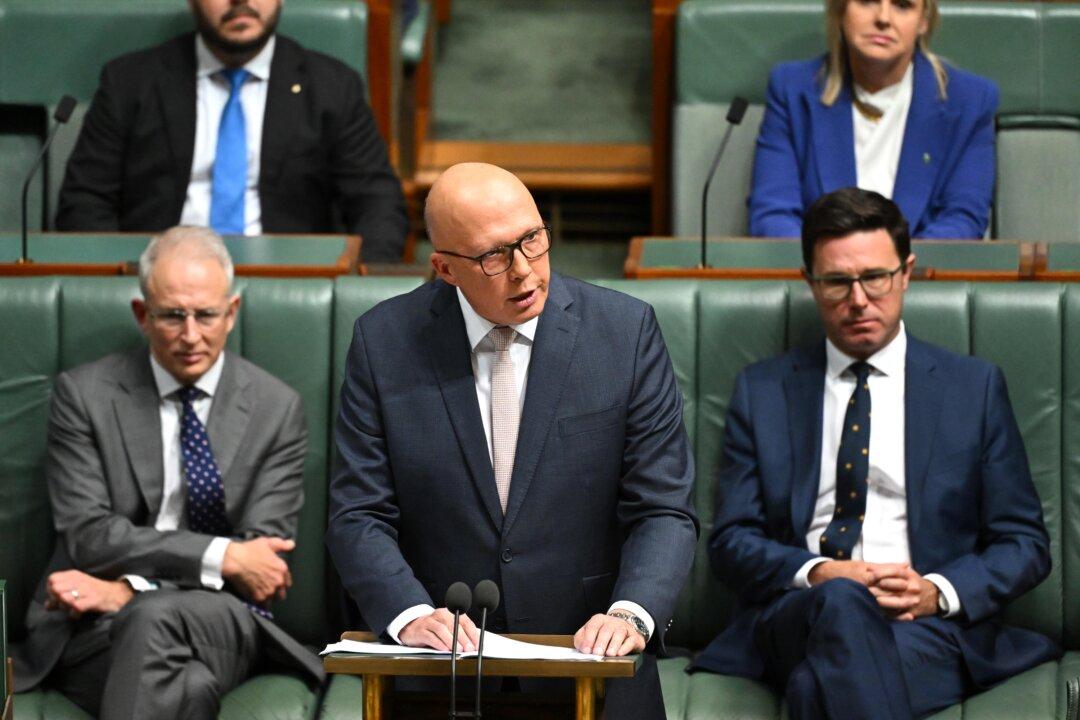The problem with running a “small target” strategy and winning an election is that you may actually end up in government, but not in power, because “no target” often means “no agenda” for government.
So how does Prime Minister Anthony Albanese, who won with a very small target, solve that problem? Copy whatever Uncle Joe Biden is doing in the good ol’ USA.
The latest instalment in that strategy is the government’s decision to modify how the HECS-HELP (Higher Education Contribution Scheme) debt is calculated.
President Biden is counting on his plans to keep students and young people in his voting column. Yet it’s not clear that Albo’s beneficiaries will even notice the benefit.
I should say upfront, that I was a beneficiary of that brief moment in history when the Whitlam Labor madness made tertiary education completely free, as well as providing a payment to university students while they were studying.
That episode had to be shut down in 1989 by Labor federal education minister John Dawkins who introduced the HECS scheme.
How the HECS Scheme Works
It is one of the sweetest deals you will ever get. Normal loans charge interest at a rate which the lender hopes will give them an income plus compensate for any inflation.There is no interest charged on student debt. Instead, it is indexed to inflation, which means the real value of the loan is maintained, but the government doesn’t get any real return on its investment.
Loan repayments don’t cut in until the student reaches a certain income ($51,550 in 2023), and then it scales up as a percentage as income increases, starting at 1 percent of income and topping out at 10 percent for those earning over $151,201.
If the student never earns enough to repay the loan then the balance is just written-off.
This is a substantial benefit to students, as well as the tertiary institutions that trained them for jobs that couldn’t wear the cost of the degree.

Then there is the implicit subsidy in the difference between what students pay the government, versus what they would have to pay a commercial provider.
That figure fluctuates because of the relationship between inflation and borrowing rates, but it would have been $13 billion in 2020, $11 billion in 2021, and in the last financial year it would have been $5 billion.
(For the comparison, I’ve used figures from the Reserve Bank of Australia for lease rates, so this is a conservative figure. Student debt is essentially a personal loan, so the rate would probably be even higher as there is no asset that can be repossessed.)
Now Mr. Albanese is adding another $3 billion to the cost to the government. This will be a very poor political and economic investment.
There is a novel economic theory, particularly amongst those with student debt, that there is a benefit to the economy from their education, and so they ought to be educated for nothing, at least, and perhaps even be paid for their “services.”
The Problem Is, Uni Students Won’t Notice a Difference
The type of student that mouths this sort of argument is not going to be happy to save only $927.29 from the capital of their loan in say eight years’ time, when they pay it off—the position faced by the average student on average weekly earnings once Prime Minister Albanese’s policy is implemented.Chances are they won’t really notice the reduction anyway because their repayments won’t change, they will still be paying whatever percentage is commensurate with their income, it’s just that the loan will be paid off faster.
The treasurer should have stayed the course. He needs to save every bit of money he can. The headline will generate expectations from other groups that they should receive special consideration and tax breaks as well.

If anything he should be looking at how to reduce the Commonwealth’s escalating liability on education fees, as students repayments fail to keep up with the rate of increase in the total pool.
We are investing too much money in sending too many students to universities as it is, and this over-investment, while it is good for university administrators (of whom there are far too many) and staff, is bad for the country.
Enabling More Students to Go to Uni Is Not the Answer
Just because you have an ATAR that allows you to attend a university doesn’t mean you should.When something is priced appropriately it helps us to make good decisions. But while students pay for their education as a percentage of their income, there is no price signal.
Rather than being income contingent, it would be much better if the loan were repaid on the basis of amortising it over a set term. This would probably vary, depending on the size of the loan.
Feeling, as well as knowing, the real cost of a degree can change your judgment as to whether it is really necessary.
It might also encourage graduates to make more economically effective employment choices when they graduate. Being able to pay something off over the never-never can encourage a Lotus land approach to finances.
The government could still take the repayments out of pre-tax income via the tax system, which makes them tax free, and impossible to avoid.
Or potential students might decide not to go to university at all. There is a range of jobs that do not require a university education, and which people with a university education end-up doing because there aren’t enough jobs for the degree qualified.
If universities were performing their traditional role of educating people about culture, that might not matter, but it does when increasingly universities seem to be credential mills and indoctrination factories. The students are not trained for the job they will actually get, but they are aliens in their own culture.

What Will This Do to Inflation?
Then there is the question of inflation and house prices. Many young Australians say they can’t afford to buy a house because of their student debt.The irony here is that by adopting a loose budgetary position on the basis of “sympathy” or “empathy,” the treasurer is actually making that harder for first home buyers, as inflation pushes prices higher.

In itself the measure is not very inflationary, because it is not large enough and the effect is deferred. But the signals it sends to other sectors wanting a softer deal for themselves undermines the whole project of getting inflation back under control.
But if it is not large to have an effect on its own, won’t be noticed by the beneficiaries, and will encourage bad behaviour from other economic actors, why do it? That’s a question Mr. Chalmers might put to former Prime Minister Paul Keating, the subject of his Ph.D. thesis.
I know what the Mr. Keating of the 1980s would have said. I suspect nothing would have changed, proving that going to university is often over-rated, unless it is the university of hard knocks, the one where Mr. Keating wasn’t just a doctoral student but a full professor.







